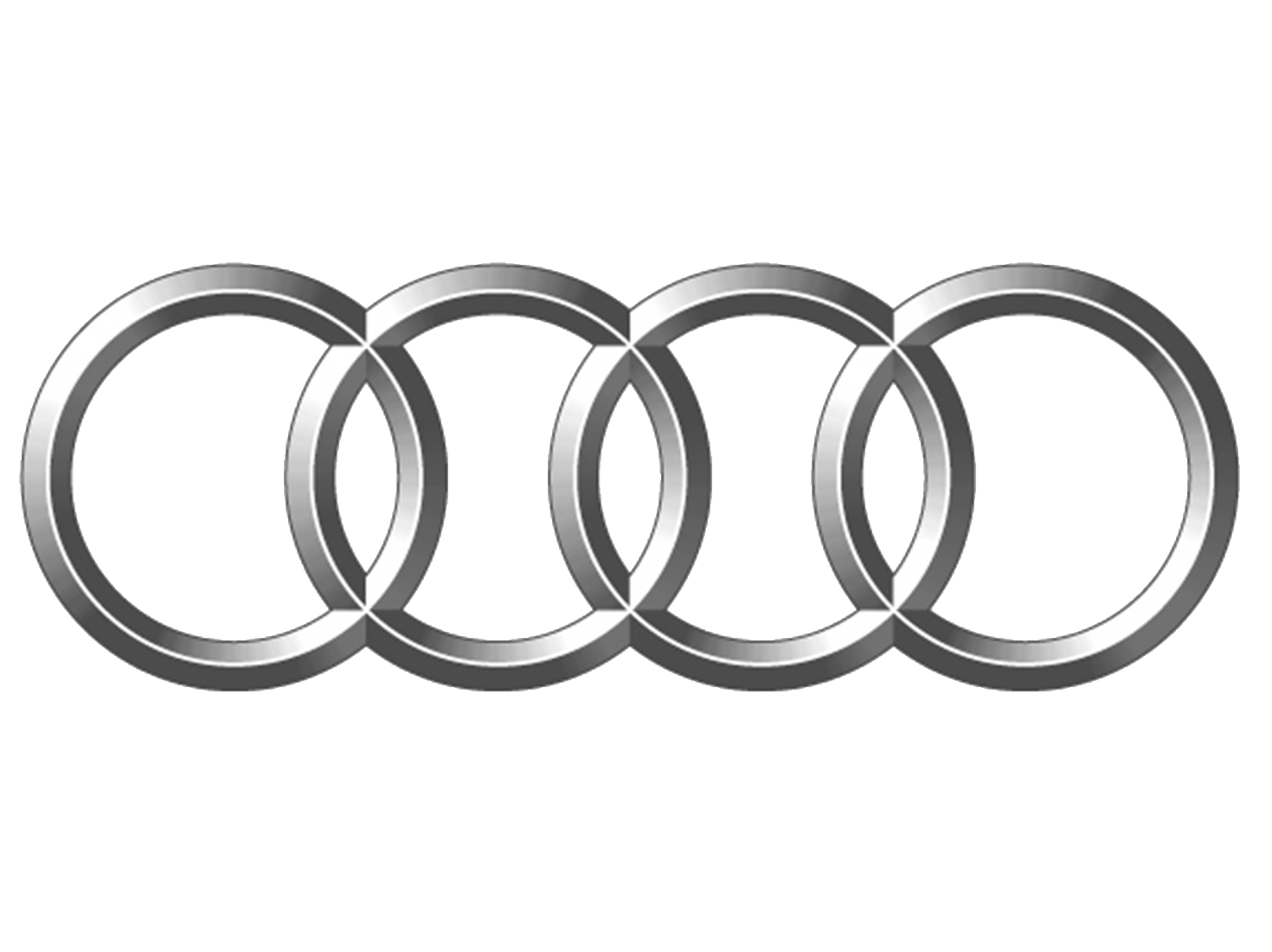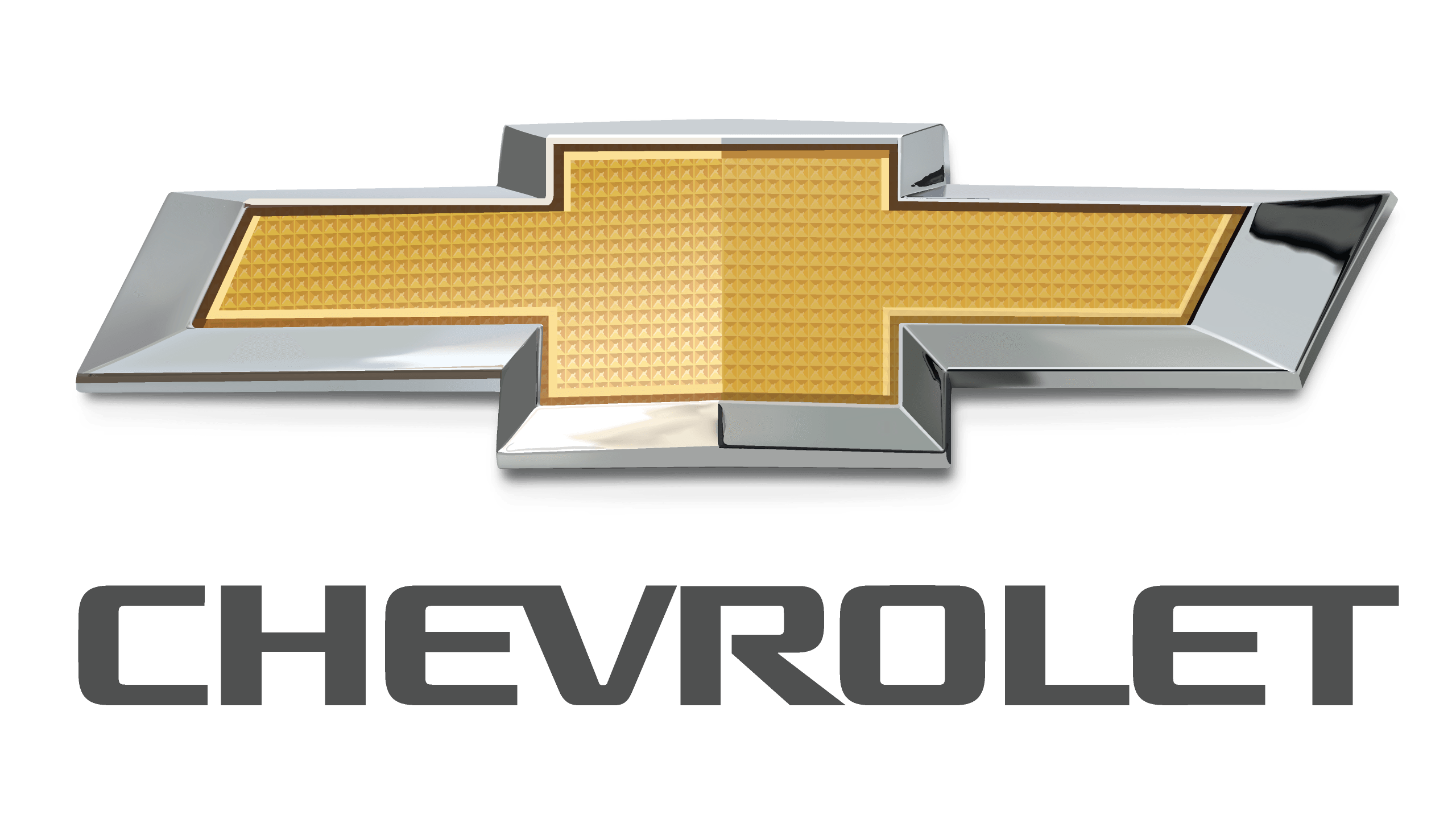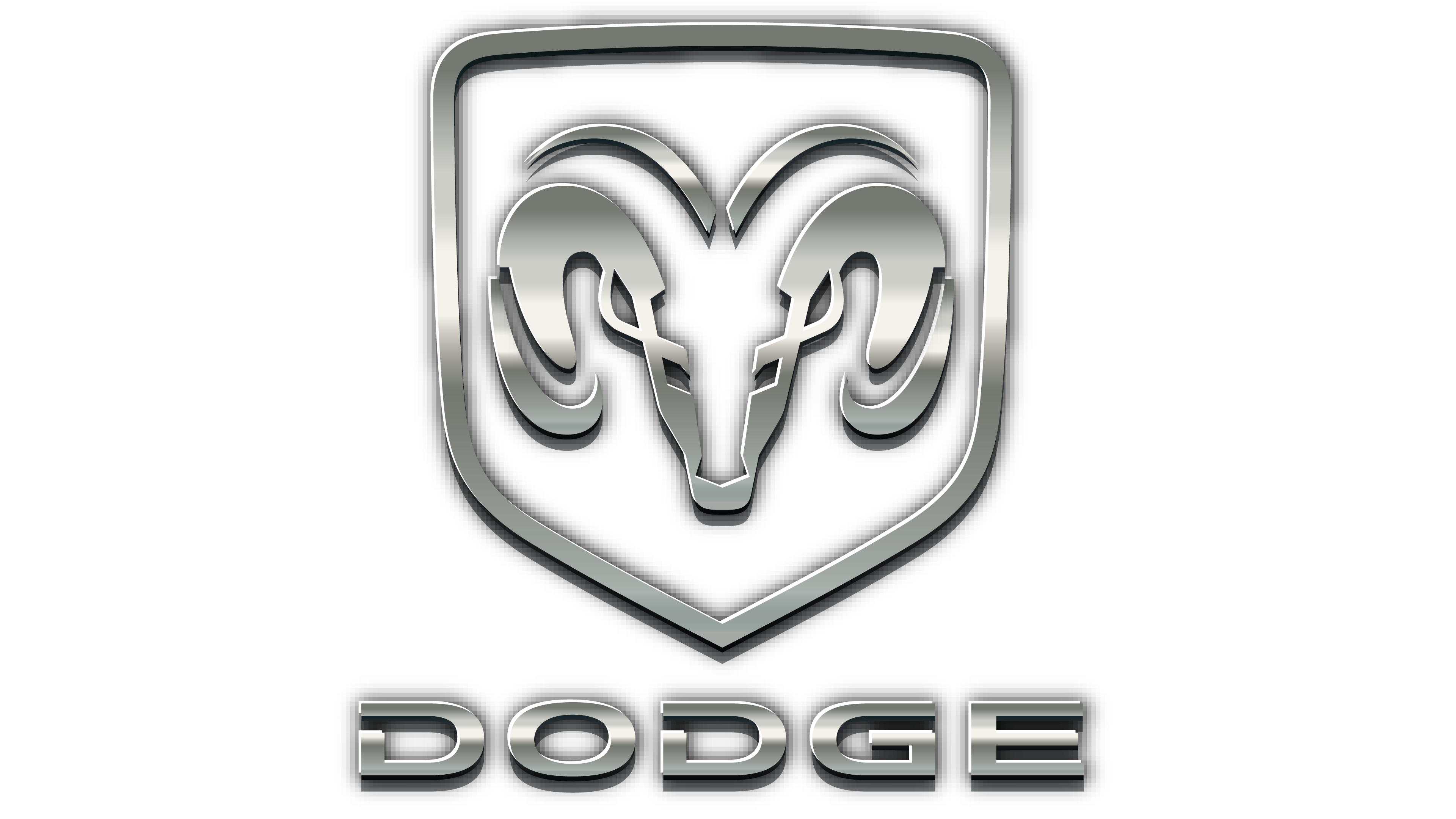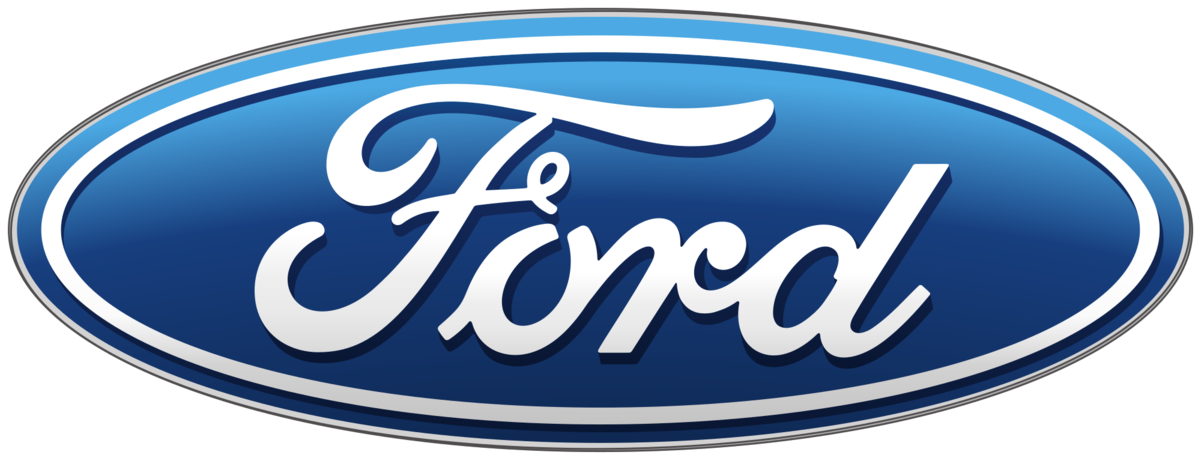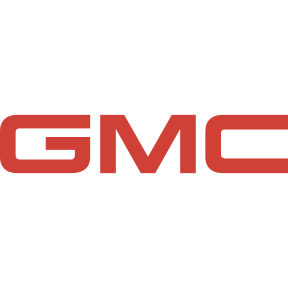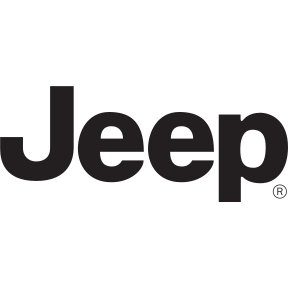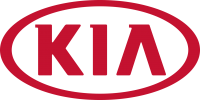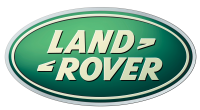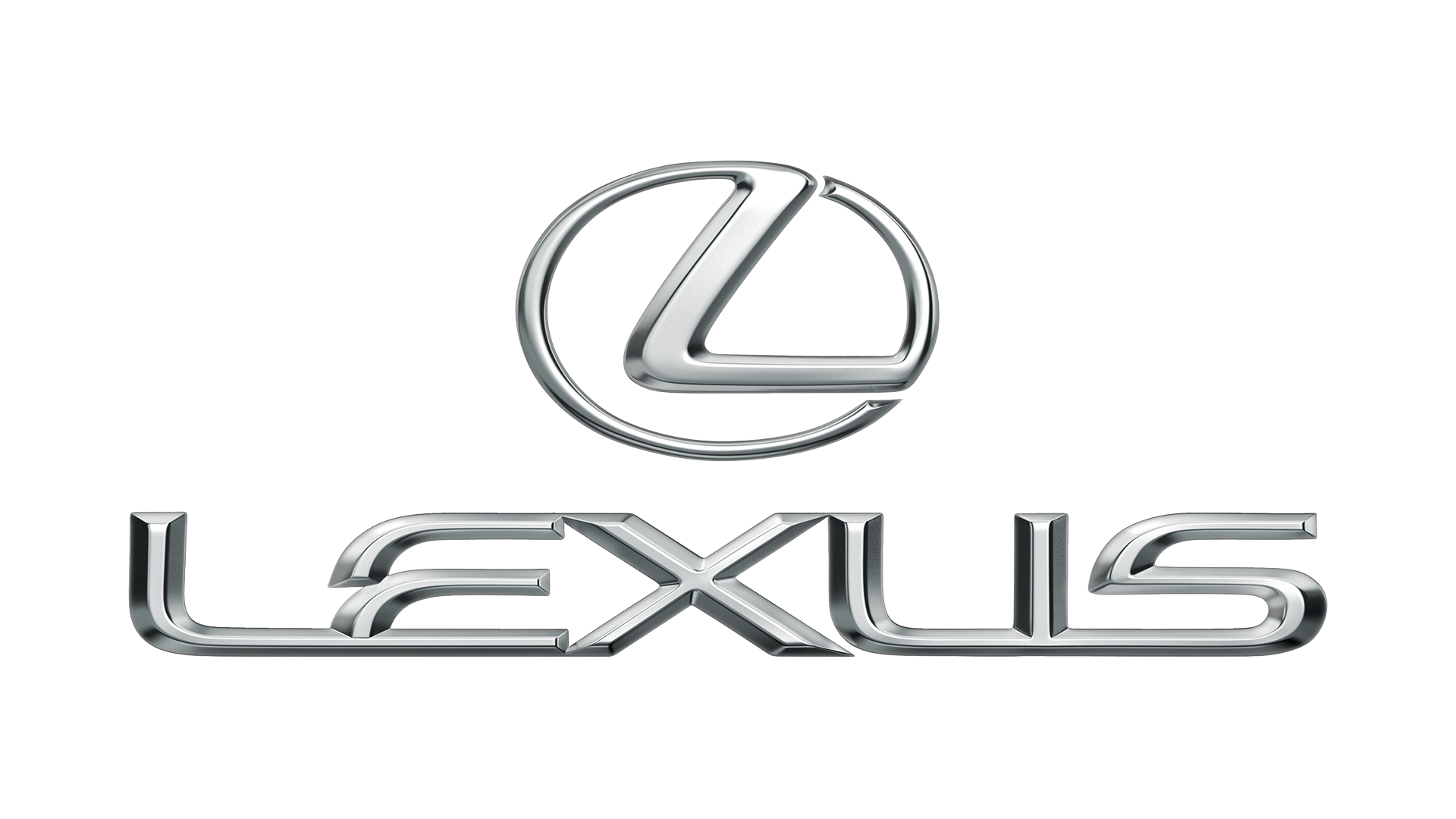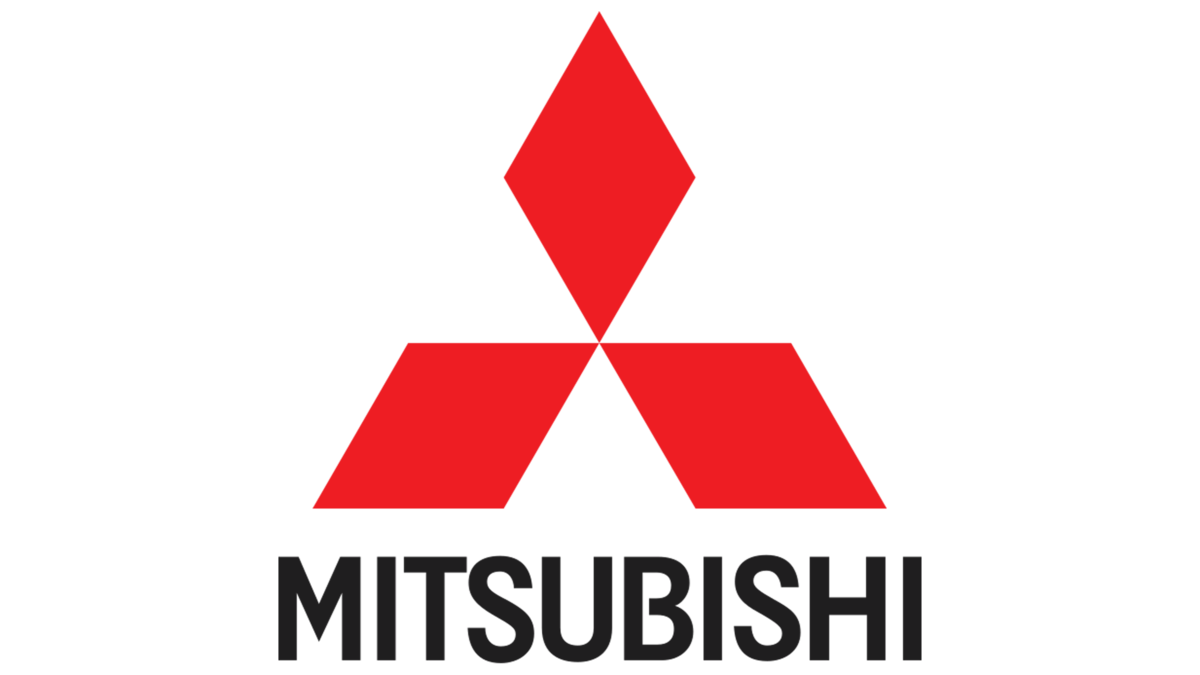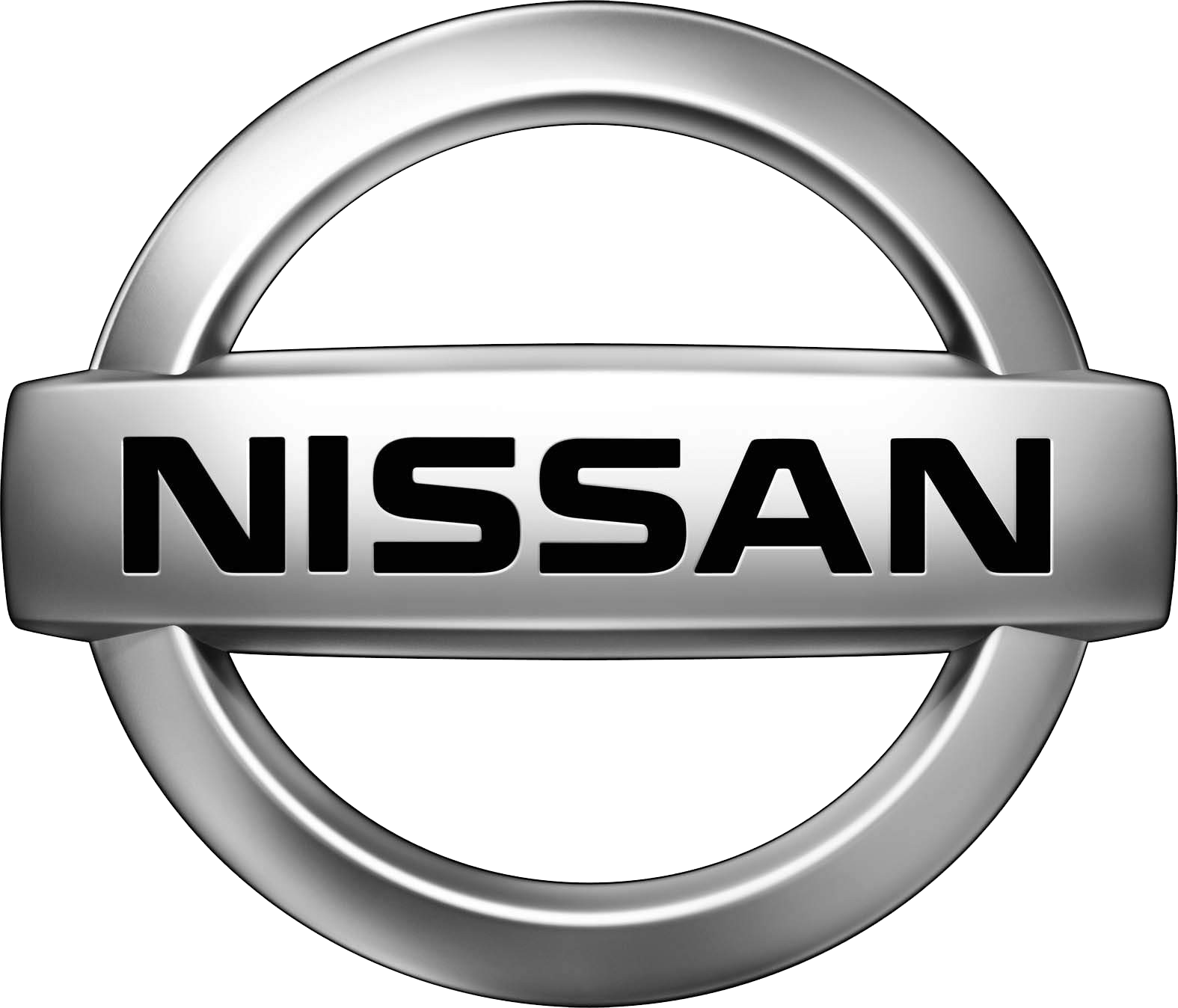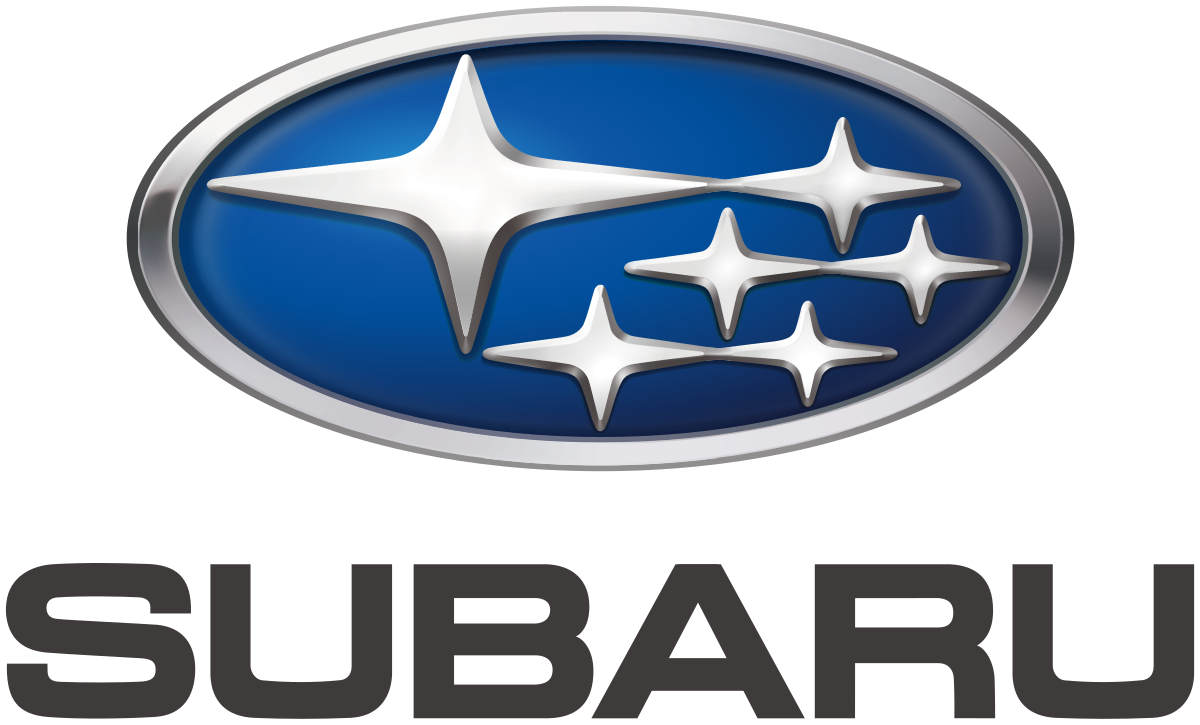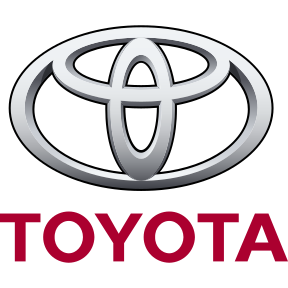Preparation / Installation

How to Prepare and Install Your WildWrap PPF Templates
Installing your WildWrap paint protection film (PPF) kit is a beginner-friendly DIY project designed to protect the sides of your rig—doors, fenders, flares, and quarter panels—from trail scratches, rock chips, and daily wear. With a little patience and the right conditions, you can get clean, professional-looking results right at home.
This guide is designed for first-time installers. Start with the easier panels and work your way up to the more curved areas like fender flares.
⸻
Before You Start: Choose the Right Location
We highly recommend installing your WildWrap kit in a clean, dust-controlled area like a closed garage or an undercover spot protected from wind, dust, and direct sunlight.
PPF is a clear adhesive film—any dirt or debris during installation can get trapped under the film or contaminate the adhesive, leading to bubbles or poor bonding. A clean environment makes a huge difference in the final result.
⸻
What’s in the Kit:
• Pre-cut WildWrap PPF templates
• Squeegee
• Soap concentrate (for slip solution)
• Microfiber cloth
You’ll Need:
• Clean spray bottle
• Filtered water
• Isopropyl alcohol (optional but recommended)
• A soft towel
⸻
Step-by-Step Installation
1. Prep the Surface (Yes—Wash Your Crack!)
Start by giving your vehicle a proper wash, focusing on more than just the flat panels. Take extra time to clean around panel gaps, under rubber seals, and inside trim edges—anywhere dust and dirt can hide. Once you start spraying the soapy slip solution, that hidden debris can get dislodged and show up under the film.
Tip: Use a soft, clean detailing brush or paintbrush to gently loosen trapped dirt around seals, door handles, flares, and emblems. Then rinse and dry with a clean microfiber cloth.
Highly Recommended: Clay Bar
For an even smoother finish, run a clay bar over each panel after washing. Just spray some soapy water or detail spray as lubricant and glide the clay across the surface. It picks up fine particles you can’t see or feel—and gives your film the best chance to bond evenly and stay clear.
We’ve got your back—if something goes wrong or a panel gets damaged during install, you can always order a replacement template from us. No stress.
2. Mix the Slip Solution
Fill a spray bottle with filtered water and a few drops of the included soap concentrate. This lets the film glide into position before sticking.
3. Start with Easy Panels
Begin with the gas cap door or a flat door panel—these are simple shapes and ideal for getting comfortable with the process.
4. Wet and Position the Film
Spray both the panel and the adhesive side of the film with your slip solution. Carefully place the film and adjust its position using body lines and handles as reference points.
5. Tack and Adjust
Use the squeegee to secure a small tack point to hold the film in place. If needed, gently stretch the film to follow the shape of the panel. WildWrap templates are precisely cut, so only minimal adjustment is required.
6. Squeegee Out Liquid and Air
Work from the center outward to push out the slip solution and air bubbles. Apply even pressure to avoid streaks or trapped moisture.
7. Finish Edges
Wrap the film around panel edges and press firmly. If an edge doesn’t stay down, apply light heat (from a hairdryer or heat gun on low) and press until it sets.
8. Work Your Way Up
Move on to other panels. Save the more complex shapes—like flares and curved fenders—for last, once you’ve built some confidence.
⸻
Final Notes
• Allow the film to cure for 24–48 hours before washing or hitting the trails.
• Small bubbles or haze will usually disappear as the film dries and settles.
• For best results, keep the vehicle parked indoors or out of the elements during curing.
⸻
Need a Hand?
Check out @wildwrapdiy for video walkthroughs, customer installs, and tips. Or contact us—we’re always here to help!


Important Notice: Paint Condition Before Installing Your WildWrap PPF Kit
At WildWrap, we want every customer to get the best possible results from our DIY paint protection film kits. For that reason, it’s critical that your vehicle’s paint is in good condition before installation.
Do Not Install on Compromised Paint
Our PPF kits are designed to adhere to solid, intact factory paint finishes. Installing WildWrap film over damaged or compromised surfaces can lead to poor adhesion, premature film failure, and potential damage during removal.
Please avoid installing WildWrap on the following:
• Peeling or flaking clear coat
• Faded or oxidized paint
• Resprayed panels that may not have cured properly
• Any area where paint is known to be lifting or bubbling
If You Proceed, It’s at Your Own Risk
If you choose to install WildWrap over compromised paintwork, you do so at your own risk. WildWrap does not accept responsibility for any damage to paint or clear coat caused by applying or removing the film in these situations. This type of installation is not covered by our warranty.
When in Doubt—Don’t Wrap It
If you’re unsure about the condition of your paint, we recommend consulting a professional detailer or testing a small area first. Your paint is the foundation of our protection—let’s make sure it’s solid before wrapping it up.

